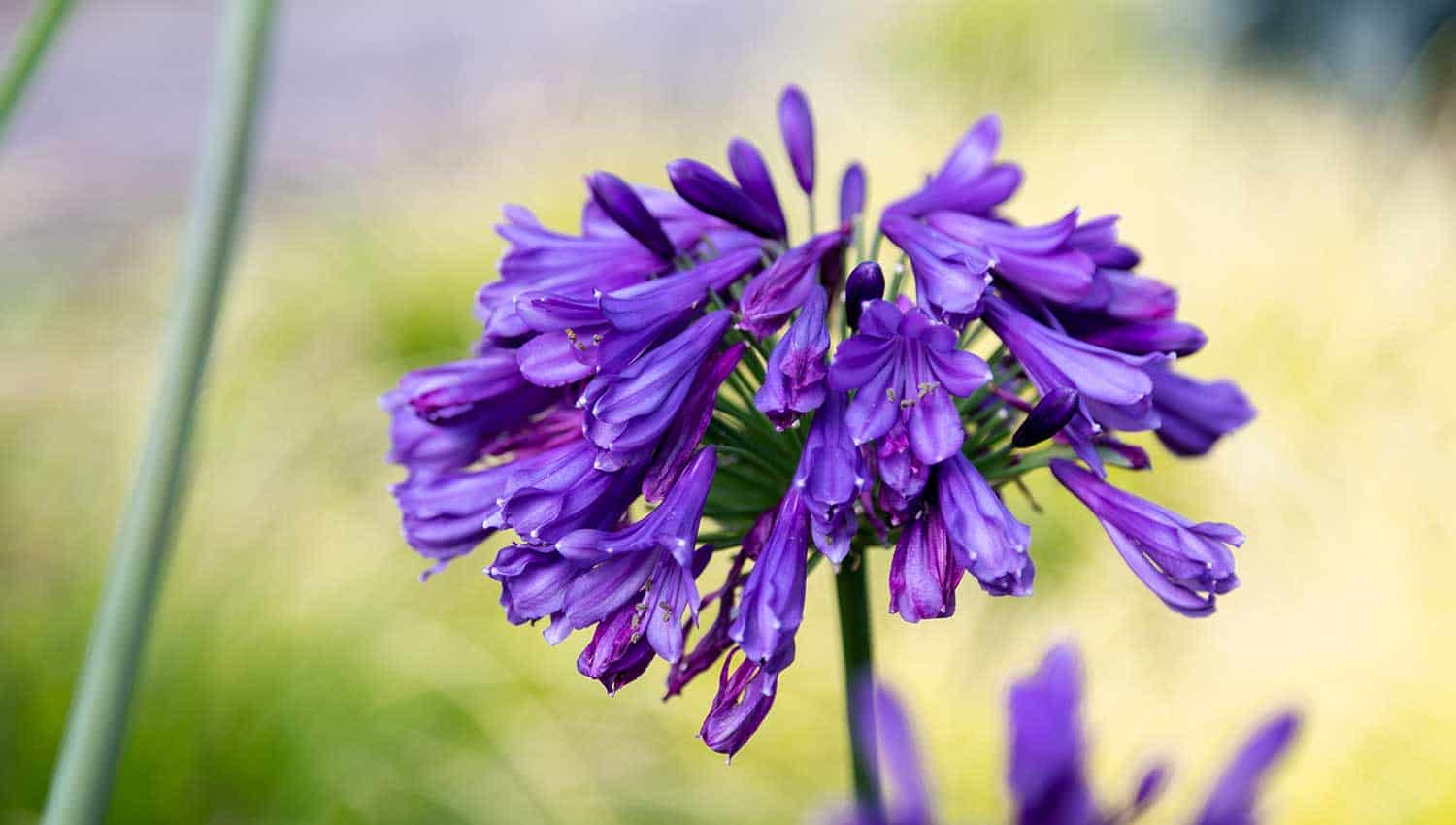Agapanthus Growing Problems: Dirt, Sunshine, and Watering
Agapanthus Growing Problems: Dirt, Sunshine, and Watering
Blog Article
Releasing the Secret to Successful Agapanthus Farming: Tips and Tricks for a Flourishing Yard
In the world of gardening, growing agapanthus successfully requires a tactical method that includes numerous facets of plant care. By recognizing the nuances of agapanthus farming, one can create an environment where these plants flourish and grow abundantly.
Planting Agapanthus: Best Practices
When growing Agapanthus, correct soil preparation is important for ensuring successful growth and development of these lovely flowers. Agapanthus, typically referred to as Lily of the Nile or African lily, grows in well-draining dirt with a slightly acidic to neutral pH level - Agapanthus. Before growing, it is important to change hefty clay soils with organic matter such as garden compost or peat moss to boost drain and provide crucial nutrients for the plants
To plant Agapanthus, select an area that receives complete sunshine to partial color, as this will advertise healthy and balanced development and bountiful flowering. Dig an opening two times the size of the plant's root round and place the Agapanthus at the very same deepness it was previously growing. Gently backfill the opening with soil, pressing down strongly to get rid of any kind of air pockets around the origins.
Water the recently planted Agapanthus completely and proceed to keep the dirt evenly moist, specifically throughout the plant's active growing season. Agapanthus. Applying a balanced plant food once a month can further sustain the plant's growth and blooming. By adhering to these ideal methods for planting Agapanthus, you can produce a stunning screen of these exciting flowers in your garden
Ideal Soil Conditions for Agapanthus
For ideal development and blooming success of Agapanthus plants, making certain the dirt conditions are perfect is important. Agapanthus prefers dirt that is abundant in nutrients, so including a balanced plant food throughout the growing period can advertise healthy and balanced growth and dynamic blooms.

Watering and Feeding Tips
To make certain healthy development and vivid blossoms, correct watering and fertilizing strategies are important for effective Agapanthus growing. Agapanthus plants benefit from regular watering, especially throughout the growing period. It is suggested to water deeply once a week, ensuring the dirt is wet however not soaked. During hot weather or in pots, even more frequent watering may be essential to stop the dirt from drying totally.
When it concerns fertilizing Agapanthus, a well balanced plant food with equivalent parts nitrogen, phosphorus, and potassium can be applied in the springtime to advertise healthy and balanced growth and blooming. Slow-release fertilizers are optimal for giving nutrients gradually over an extensive duration. Prevent over-fertilizing, as this can result in excessive foliage growth at the expense of flowers.
In addition, incorporating natural matter like compost into the dirt can boost nutrient degrees and improve dirt structure, helping in the general health of the Agapanthus plants. By complying with visit here these watering and feeding tips, garden enthusiasts can guarantee their Agapanthus plants flourish and produce stunning displays of flowers.
Pruning and Deadheading Methods
Appropriate trimming and deadheading methods play a vital duty in keeping the wellness and appearances of Agapanthus plants, matching the vital practices of watering and fertilizing for successful cultivation. Pruning Agapanthus includes getting rid of invested blossom heads, yellowing or dead leaves, and general shaping of the plant to promote far better growth. moved here Deadheading, the procedure of eliminating discolored flowers, not only boosts the plant's look yet likewise motivates additional flowering.
When deadheading Agapanthus, it is advisable to snip off the flower stem at the base making use of sharp, clean shears. This procedure redirects the plant's energy from seed production back into root and vegetation development, advertising a healthier and much more durable plant. Routine deadheading can extend the flowering period of Agapanthus and stop self-seeding, which can cause overcrowding.
In regards to pruning, Agapanthus normally benefits from a light trim after blossoming to clean the plant and urge fresh development. Cutting down the invested flower stems and getting rid of any damaged or dead vegetation assists preserve the plant's vigor and total appearance. Nevertheless, it is crucial to prevent cutting right into the crown of the plant, as this can damage its health.

Protecting Agapanthus From Vermins and Diseases
Executing efficient parasite and disease management approaches is vital to guarding the health and vigor of Agapanthus plants in cultivation. One usual insect that impacts Agapanthus is the Agapanthus borer, a caterpillar that tunnels right into the plant, creating damages to the blossoms and fallen leaves.
In enhancement to pests, Agapanthus are susceptible to conditions such as origin rot and fungal leaf places. By staying attentive and dealing with pest and disease problems quickly, garden enthusiasts can aid their Agapanthus flourish and prosper.

Final Thought
In verdict, successful growing of agapanthus calls for correct planting strategies, ideal soil conditions, ample watering and fertilizing, regular trimming and deadheading, and protection from bugs and illness. By adhering to these suggestions and methods, gardeners can guarantee a flourishing yard loaded with stunning agapanthus blossoms. Agapanthus. Bear in mind to maintain consistent care and attention to information to promote the health and wellness and durability of these stunning plants
When planting Agapanthus, correct soil preparation is important for guaranteeing successful growth and advancement of these lovely flowers.Water the newly grown Agapanthus extensively and continue to maintain the dirt uniformly moist, specifically throughout the plant's active growing season.For ideal development and flowering success of Agapanthus plants, guaranteeing the soil problems are suitable is vital. When transplanting or click for source planting Agapanthus, make certain the soil is well-prepared to offer the needed structure for the plants to establish themselves effectively. One usual bug that influences Agapanthus is the Agapanthus borer, a caterpillar that tunnels right into the plant, triggering damage to the blossoms and fallen leaves.
Report this page